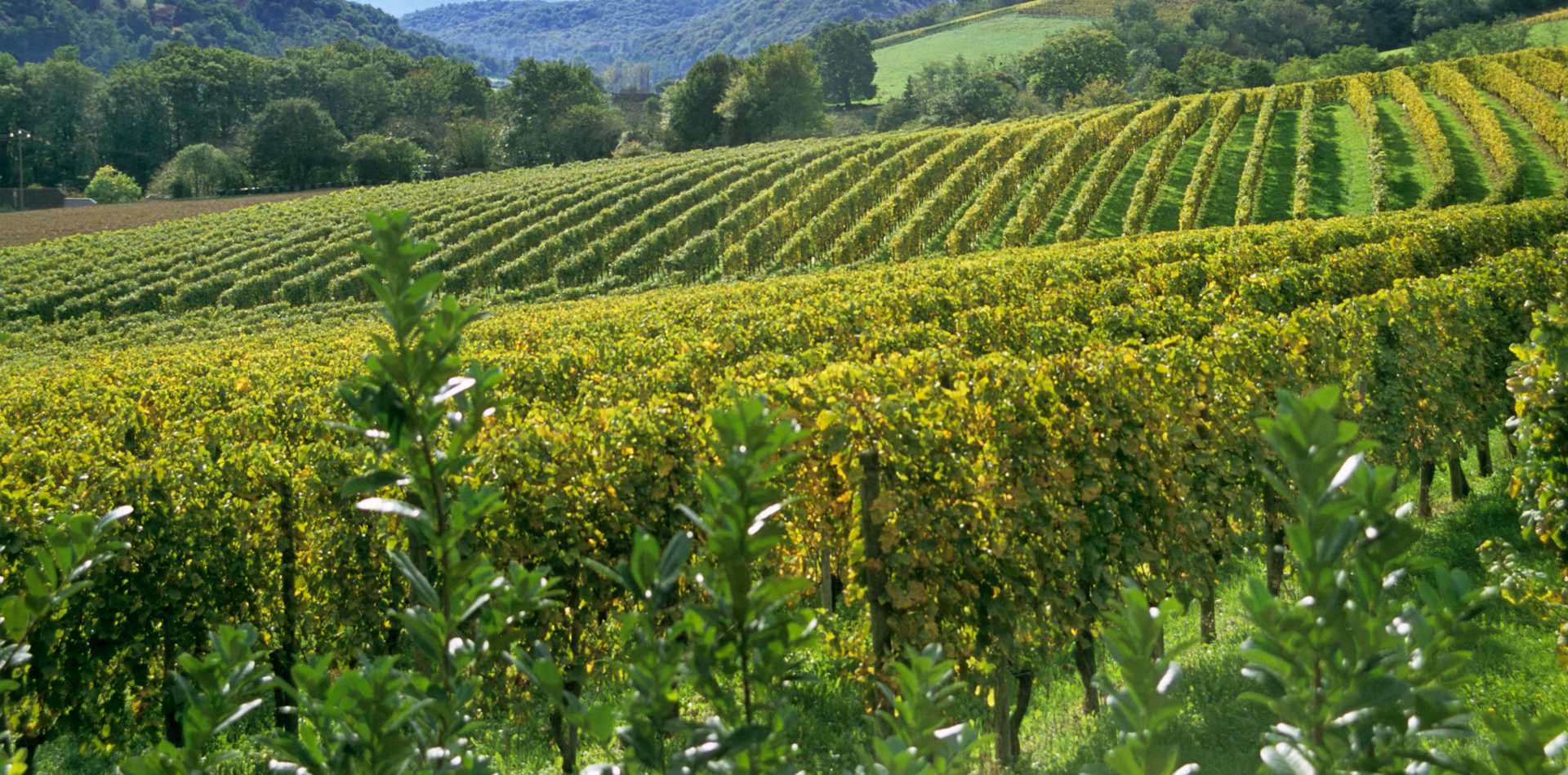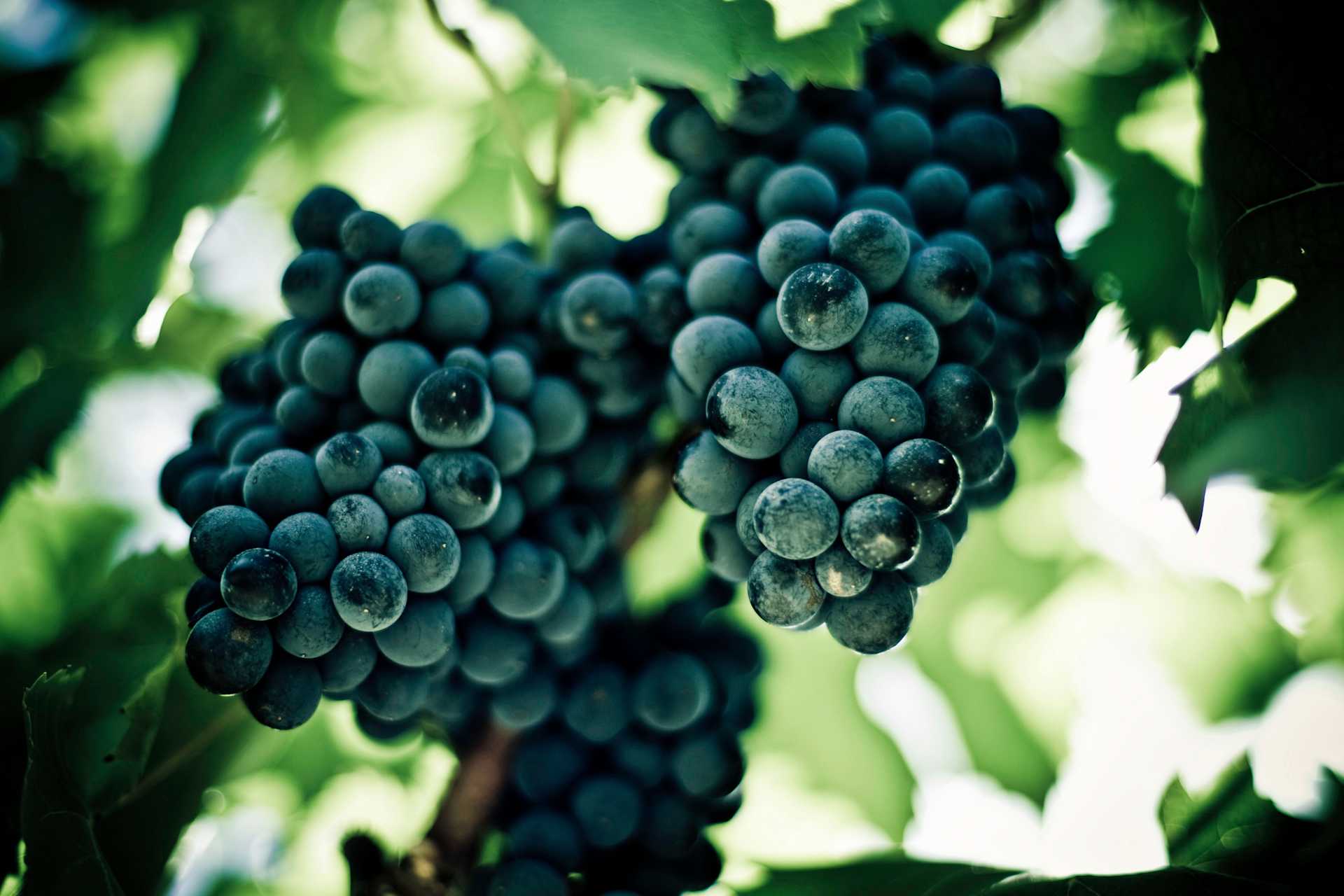Chateau de Beaucastel Hommage Jacques Perrin Chateauneuf-du-Pape 2014
-
Jeb
Dunnuck -
Robert
Parker - Decanter



Product Details
Your Rating
Somm Note
Winemaker Notes
Professional Ratings
-
Jeb Dunnuck
More forward and approachable than the 2013, the 2014 Châteauneuf du Pape Hommage A Jacques Perrin is nevertheless a massive wine that has more depth and concentration than just about every other wine in the vintage. A classic blend of 60% Mourvèdre, 20% Grenache, and the rest Counoise and Syrah that was brought up in foudre, this full-bodied, forward, sexy effort has thrilling notes of black and blue fruits, beef blood, licorice, ground pepper, and bouquet garni. While a relatively accessible, charming vintage (by this cuvees standards anyway), it still needs 4-5 years of bottle age and is going to evolve beautifully on its balance, complexity, and length. It’s an awesome 2014.
-
Robert Parker's Wine Advocate
Probably the wine of the vintage (I feel like I say that every year for this cuvee), the 2014 Châteauneuf du Pape Hommage A Jacques Perrin is a substantial, full-bodied, shockingly concentrated 2014 that gives up classic notes of blackberries, blueberries, forest floor, beef blood and licorice. Mouth-coating and rich with building tannin, it will be approachable at an earlier age than most vintages, yet will still need 5-6 years of cellaring.
-
Decanter
You can sense this is a cooler vintage immediately on the nose - there's more spice, more detail and precision. A little liquorice, leather and violets. Medium-bodied, not as dense as more recent vintages but very well balanced. Great precision, very upright and awake. It might not close down like the 2015 - you could drink this already. It doesn't have the weight and grandeur of some warmer vintages, but this is an excellent wine. It won't last as long as some more concentrated vintages, but that's not a quality issue per se. Very strong showing for a 2014 Châteauneuf.
Other Vintages
2020-
Robert
Parker -
James
Suckling - Decanter
-
Wine
Spectator
-
Robert
Parker -
Jeb
Dunnuck -
Wine
Spectator -
James
Suckling - Decanter
-
Robert
Parker -
Jeb
Dunnuck -
James
Suckling -
Wine
Spectator
-
James
Suckling -
Jeb
Dunnuck -
Robert
Parker - Decanter
-
Wine
Spectator
-
Jeb
Dunnuck -
Robert
Parker -
Wine
Spectator
-
James
Suckling -
Robert
Parker
-
Robert
Parker -
Wine
Spectator
-
Robert
Parker
-
Robert
Parker
-
Robert
Parker -
Wine
Spectator - Decanter
-
Robert
Parker -
Wine
Spectator
-
Robert
Parker -
Wine
Spectator
-
Wine
Spectator -
Robert
Parker -
Jeb
Dunnuck - Decanter
-
Wine
Spectator -
Jeb
Dunnuck - Decanter
- Decanter
-
Jeb
Dunnuck -
Robert
Parker -
Wine
Spectator -
Wine &
Spirits
-
Jeb
Dunnuck -
Robert
Parker -
Wine
Spectator - Decanter
- Vinous
-
Robert
Parker -
Jeb
Dunnuck -
Wine
Spectator
-
Robert
Parker




The first evidence of Château de Beaucastel as it exists today is in the sixteenth century. In 1909, Pierre Traminer bought the estate and then transferred it to his son-in-law Pierre Perrin, a scientist who further developed Beaucastel. His son, Jacques, continued his father’s efforts until 1978 and today, the torch is carried by Jacques’ sons, Jean-Pierre and François. They are joined by the fifth generation of Perrins—Marc, Pierre, Thomas, Cécile, Charles, Matthieu, and César.
The vineyards of Château de Beaucastel are located on historic land where each of the 13 approved grapes varietals of the Châteauneuf-du-Pape appellation are planted. The art of blending these 13 grapes has been passed down from one generation to the next. Beaucastel is, first of all, a family story, the story of Famille Perrin. Their main strength is being able to blend the talents of each family member to run the wine estate under common values: absolute respect for land and terroir; biodynamic culture as a philosophy of life; and the research of truth, balance, and elegance.

With bold fruit flavors and accents of sweet spice, Grenache, Syrah and Mourvèdre form the base of the classic Rhône Red Blend, while Carignan, Cinsault and Counoise often come in to play. Though they originated from France’s southern Rhône Valley, with some creative interpretation, Rhône blends have also become popular in other countries. Somm Secret—Putting their own local spin on the Rhône Red Blend, those from Priorat often include Merlot and Cabernet Sauvignon. In California, it is not uncommon to see Petite Sirah make an appearance.

Famous for its full-bodied, seductive and spicy reds with flavor and aroma characteristics reminiscent of black cherry, baked raspberry, garrigue, olive tapenade, lavender and baking spice, Châteauneuf-du-Pape is the leading sub-appellation of the southern Rhône River Valley. Large pebbles resembling river rocks, called "galets" in French, dominate most of the terrain. The stones hold heat and reflect it back up to the low-lying gobelet-trained vines. Though the galets are typical, they are not prominent in every vineyard. Chateau Rayas is the most obvious deviation with very sandy soil.
According to law, eighteen grape varieties are allowed in Châteauneuf-du-Pape and most wines are blends of some mix of these. For reds, Grenache is the star player with Mourvedre and Syrah coming typically second. Others used include Cinsault, Counoise and occasionally Muscardin, Vaccarèse, Picquepoul Noir and Terret Noir.
Only about 6-7% of wine from Châteauneuf-du-Pape is white wine. Blends and single-varietal bottlings are typically based on the soft and floral Grenache Blanc but Clairette, Bourboulenc and Roussanne are grown with some significance.
The wine of Chateauneuf-du-Pape takes its name from the relocation of the papal court to Avignon. The lore says that after moving in 1309, Pope Clément V (after whom Chateau Pape-Clément in Pessac-Léognan is named) ordered that vines were planted. But it was actually his successor, John XXII, who established the vineyards. The name however, Chateauneuf-du-Pape, translated as "the pope's new castle," didn’t really stick until the 19th century.
